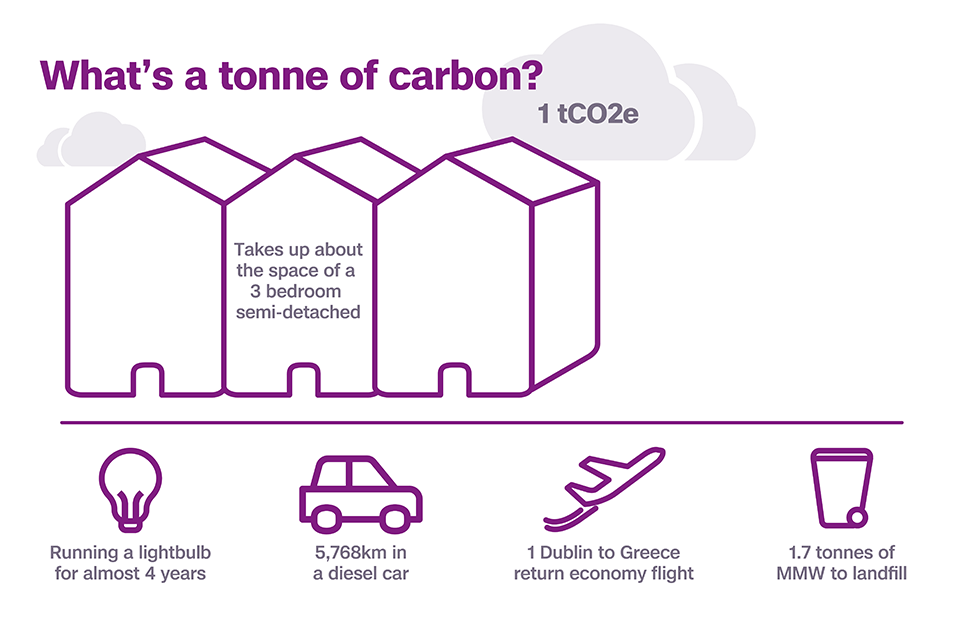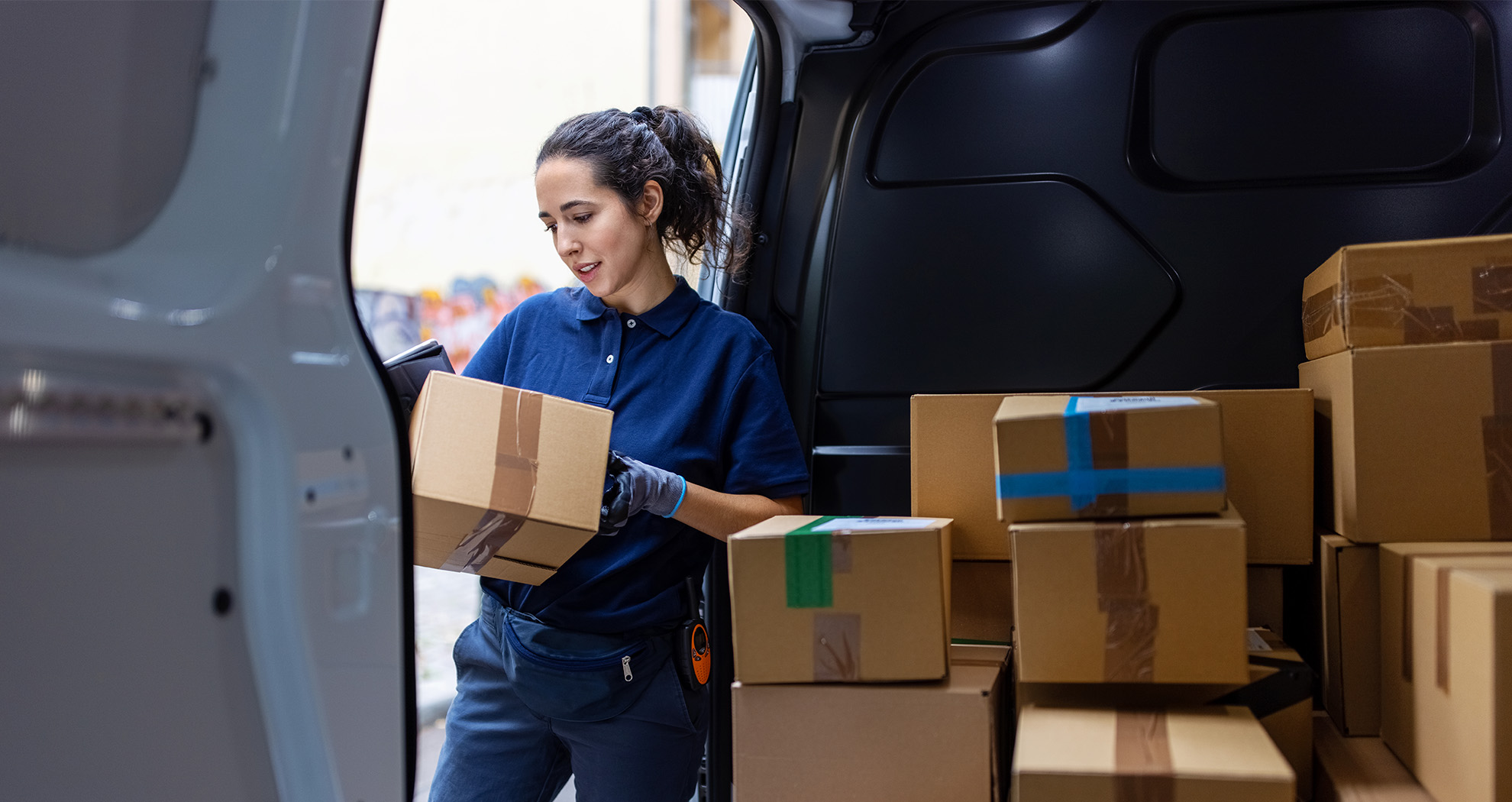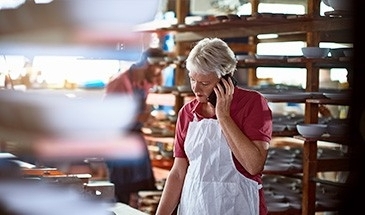Your carbon footprint
When you hear about sustainability, you’ll hear about carbon - carbon emissions, carbon reductions and carbon footprints.
What does it mean? How is a carbon footprint calculated?
AIB Steps to Sustainability – Your carbon footprint
AIB Steps to Sustainability – Your carbon footprint
In this section, we’re going to go a little deeper to find out more about...
Carbon, its effect and its relevance to sustainability
How carbon emissions are calculated and
Show you ways to calculate your own carbon footprint
Why is carbon important?
Carbon is a very common chemical element which is essential to life on earth. Carbon and six other gases are collectively referred to as ‘Greenhouse Gases’. When these gases are released into Earth’s atmosphere, they trap heat – which results in the global warming and the climate change that we are experiencing around us and in the news.
You may have heard about tonnes of carbon being emitted by a business, by a product or an activity – but how can we get a sense of what a tonne of carbon represents? This image helps to visualise and quantify the effect of carbon emissions.

How are carbon emissions calculated?
There are two ways a business can calculate their carbon footprint.

The first is by using a calculator.
There are many calculators available online and most are free to use. They calculators work by taking either:
- The known quantities of the various emissions used by the business, such as litres of fuel consumed or tonnes of waste generated, which feed into the calculation of emissions; or
- If these details are not known, the calculator can also work by taking the monetary spend on classes of expenses and then applying an average market calculation to arrive at an answer.
While the use of averages may not be an exact science, it’s an excellent starting point for any business as they set out to understand and reduce their emissions.
Carbon Calculator
The MacKay Carbon Calculator provides a model of the UK energy system that allows businesses to explore pathways to decarbonisation, including net zero by 2050.
There are two online versions of the calculator, a universal version called My2050 and the more detailed MacKay Carbon Calculator version.
The second way is by using a specialist consultant.
A business can check what their carbon footprint is by using a specialist consultant to undertake a more comprehensive audit of activities and emissions.
The following table shows the carbon footprint for a typical small manufacturing company that sells products through retailers.
It shows that the hotspots for Scope 1 is in the use of diesel vehicles; and that Scope 2 is in the electricity the business uses. This is factored into any target setting and decarbonisation opportunities.
With 34% of the footprint attributed to purchased goods and services, opportunities lie with supplier engagement and helping them to reduce their footprint, sourcing alternate suppliers or changing materials. The biggest emissions at 64%, are in the end of life of sold products. The opportunity arises in reusing the product materials in a more circular way, such as remanufacturing or recycling, so that they do not become waste. This will require working with take-back schemes, and changing behaviour with business customers and consumers.

Reducing carbon emissions
A lot of the actions in your sustainability strategy will have a knock-on effect on your carbon emissions.
Here are some examples that show the relationship between some of the actions that you identified in section two and emissions.

Scope 1
Ensure that vehicles are regularly serviced and maintained to optimise fuel efficiency, reduce breakdowns, and lower emissions.
Consider insulating your building, upgrading windows or purchasing more efficient heating systems to reduce your heating costs.
Investing in energy efficient appliances, machinery and equipment.

Scope 2
Switch to renewable energy providers for your electricity.
Invest in renewable energy to power your operations and reduce reliance on fossil fuels.
Replace all lighting with LED bulbs or energy-efficient lighting options.

Scope 3
Prioritise buying from suppliers with recognised environmental certifications, e.g. are they a BCorp?
Begin buying office supplies made from recycled or sustainable materials.
Next step: Communicating sustainability

In this next section you can find out how communicating with your team, your customers and suppliers can make the difference between success and failure.






